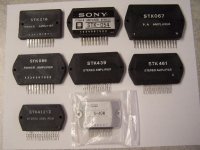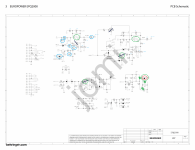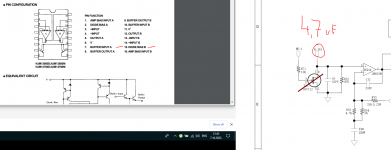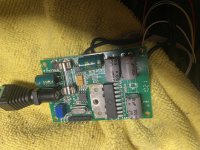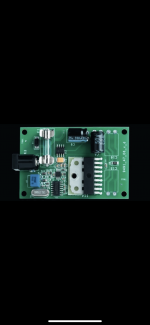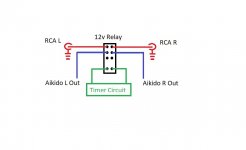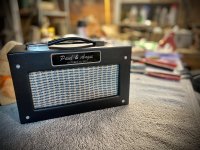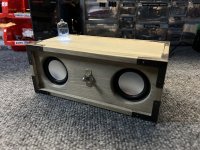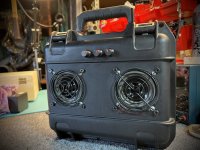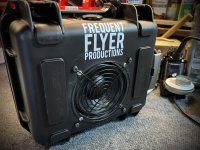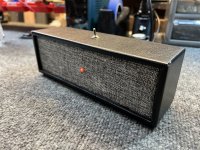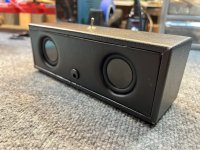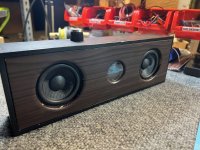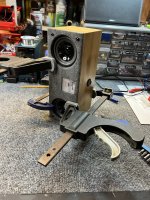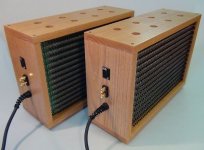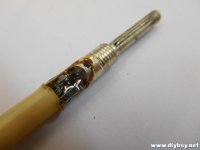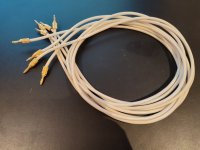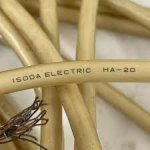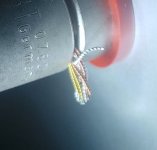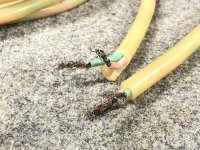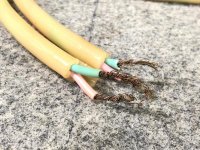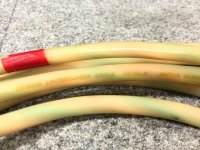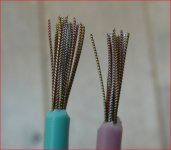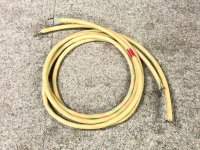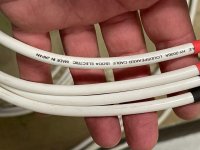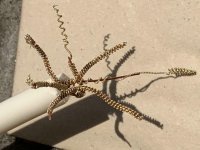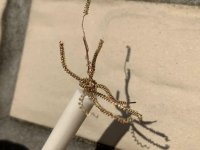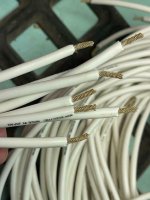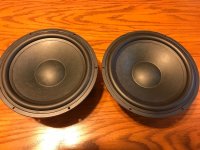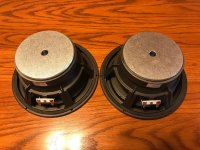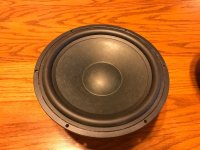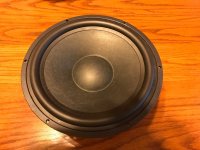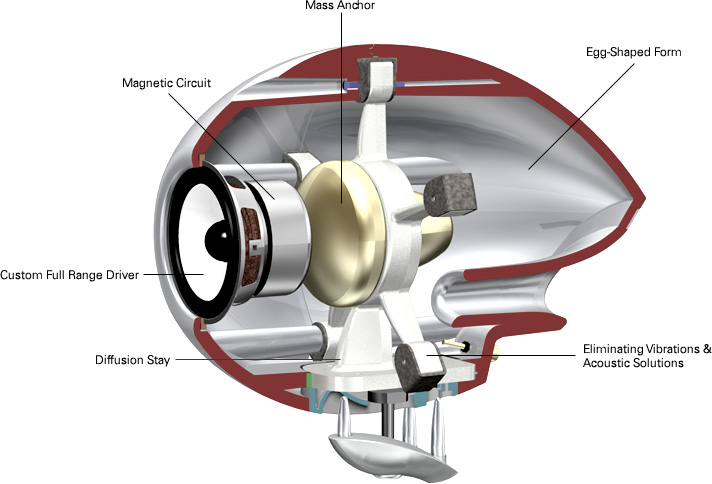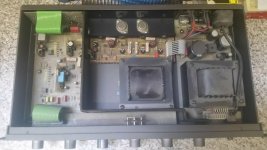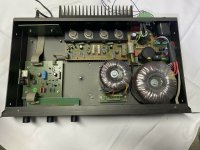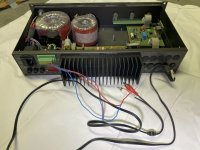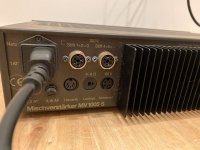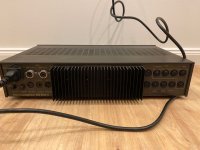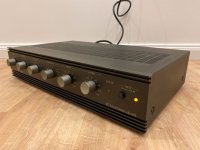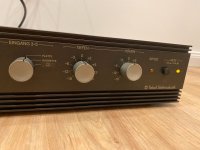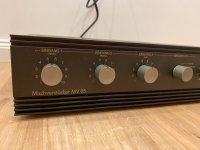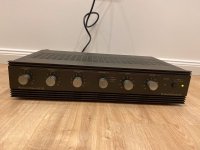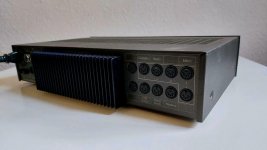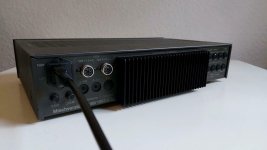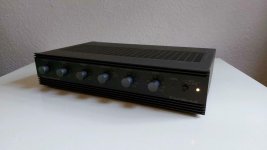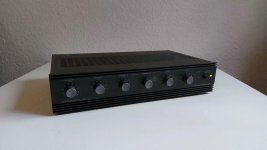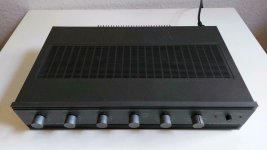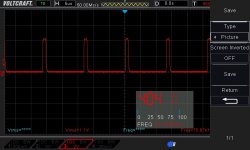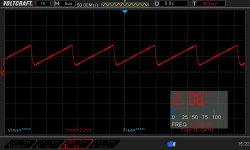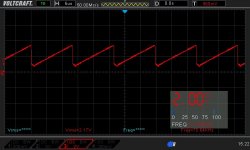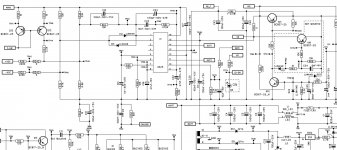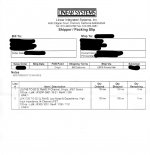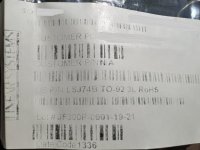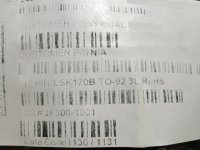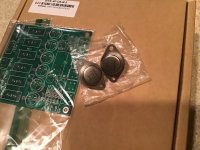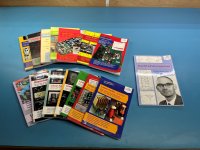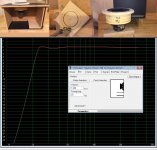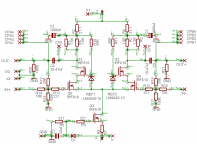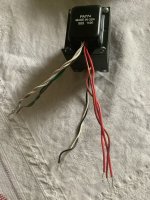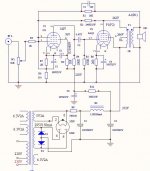Ok time for a new build thread!
I’ve been planning my InDIYana event “Keeping up with the Jonzes” build for some time and am finally getting splinters from it!
So let’s start with the name, it’s a “coaxial” driver build, or coax, to coax is to be persuasive, these cabinets will be very beautiful and one of my favorite bands R.E.M. have a song called “Pretty Persuasion”. Marketing had a fit over it, they said it was too convoluted so I fired them all and now it’s just me in my garage doing what I want. Makes sense? Alright!
Cost of drivers per cabinet must be under $300 and there are a few other rules as well, check the official thread.
My choice of drivers are the FaitalPro 6HX150 coax ($179 was from online source) combined with the MCM Audio Select 55-5670 8” woofer ($40 each). These model well together and the 8” will have strong response down to 30hz ported and is efficient enough to keep up with the very efficient Faital.
Crossover will be passive as the contest dictates.
Mainly I’m going to be focusing on the enclosure construction for the next few posts. If you’ve been following along my projects over the last year or two, you’ll notice I’m constantly experimenting with new enclosure designs, construction and styles, this project will be no different as I’ll be diving into the world of Kerfing which I’ve never done before.
When I interact with a concept I usually like to do something special with it or something I haven’t seen too much before, and this time I’ll be kerfing solid popular to create a one piece baffle, the enclosure will look veneered but in reality it will be solid wood which I find special/notable.
I did a fair amount of testing initially, but this is a piece I did successfully with poplar, my goal here was to determine the optimal kerf depth so that the wood would bend without breaking
This is another test piece, this was more representative of the actual speaker ID building, however it was with plywood, but it gave me an idea of the curve depth with and spacing and what radius curve it would generate. I used an online calculator to get me in the ballpark, then I fine-tuned using this type of experimentation
This is the wood I’ll actually be using For the speakers, as you can see I found two boards so that the grain will be continuous from one speaker to the other from left to right, as you can see the boards are matched across both speakers. This is very beautiful Poplar heart wood.
Cutting the boards to their rough final length, the length is determined by the baffle width, the circumference of the radiuses, and the lengths of the sides.
To create the height of the speaker, these boards were glued together and reinforced with biscuits
The glue up,I used Titebond type III which sets up a little slower in case I want work on the alignment, noticed the clamping techniques ensuring the boards are tight against the clamp bars
Once the glue dried after about 45 minutes, I square one end in my panel saw, them the whole panel in the table saw, I have this set up to cut perfectly square and it does a great job
Getting ready to cut the kerfs, this is a little fixture I built to reference the fence and allow for subsequent fence movements when Kerfing
After the first cut is made, each subsequent cut is spaced 5/16 of an inch using this drillbit, then the next cut is made. Stop block is slid over to the fence and then it’s once again space with the drill bit
And so it goes. The kerfs are all the same distance from each end which locks in the baffle width which will be about 12 inches wide. Kerf depth results in about 1/16” material left.
First board curved and cut, final angle is about 95° which is intentional to gives the sides some rake
Both curves done on both sides, again the middle piece is the baffle and the end pieces are the sides
I created some spacer boards to go in the back to lock in the final dimensions, there will be three for each glue up
Here you can see how perpendicular the assembly is, with some like clapping it’s sits perfectly flat on my workbench
Next up some glue!
Thanks!
Javad
